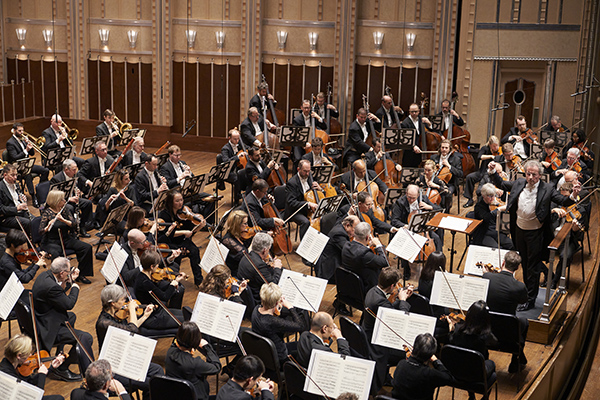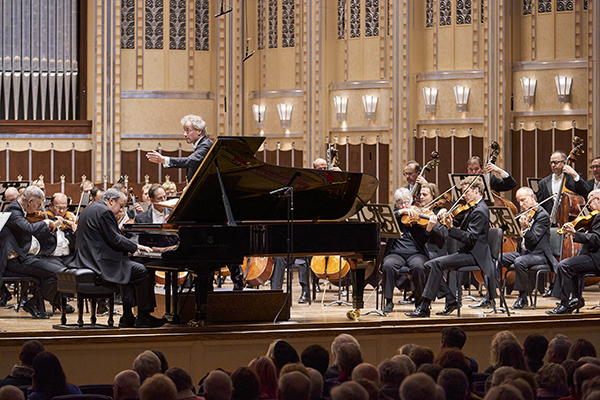by Daniel Hathaway

Although the symphony that would eventually become numbered as Dvořák’s fourth was among the compositions that first attracted the interest of Johannes Brahms and the publisher Simrock, raising the composer out of obscurity, the 1874 work wasn’t given a full performance until 1892. And it was first — and last — performed at Severance Hall under Aldo Ceccato 90 years later.
Welser-Möst and the Orchestra made a strong case for Dvořák 4, which took up the first half of the evening. Its enchanting, dotted-rhythm earworm, which dominates the first movement and returns at the end of the symphony, its general feeling of Gemütligkeit, its ravishing use of the wind choir, and its sudden outbursts of Czech pride in the form of what sounds like a national hymn added up to an endearing experience. The Orchestra played it magnificently, and Welser-Möst indulged in a rare display of sheer fun at one point in the Scherzo.

Supple phrasing from the pianist and alluring solos from the winds distinguished the slow movement, and turns into the major mode in the theme-and-variations finale were sophisticated — not corny. Bronfman spun beautiful halos of notes around orchestral variations and ended the Concerto with a big flourish.

As the work goes on, Janáček’s music forms a little travelogue of favorite places around town — the castle, the Queen’s monastery, the street, the town hall. The Orchestra played a wild dance, three of the nine trumpets joined bluesy trombones, oboe and English horn sang solos over expressive and exotic string textures, trombones were answered by swirls of winds, and a trio of flutes merrily twittered away.
How can you end a piece that began so strikingly? By repeating the beginning fanfares with the Orchestra joining in, and so Janáček did. On Friday evening, the standing brass shone brightly with the orchestra, bringing this unique piece to a stunning conclusion. And a flawless one — without so much as a single brass burble.
Photos by Roger Mastroianni.
Published on ClevelandClassical.com January 14, 2020.
Click here for a printable copy of this article



